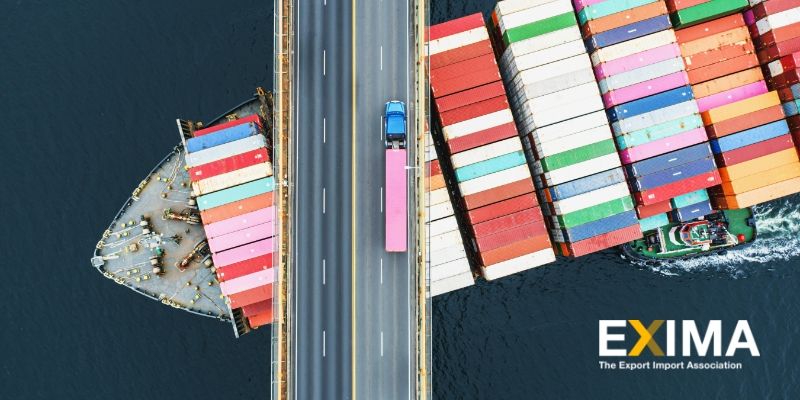For global supply chains, having a 360-degree view of the entire logistics process is of paramount importance. The lack thereof can result in supply chains being disorganized, expensive, and inefficient. Or even disrupted.
Transparency and visibility in all aspects of the supply chain are key to preparedness and responsiveness, especially during a crisis. 2020, in particular, revealed the vulnerabilities in global supply chains.
According to a survey conducted in 2020 by the Institute for Supply Management when the global crisis was at its peak, 75% of organizations reported disruption; around 44% lacked a clear strategy to deal with it.
Digital Transformation Is Key
As the complexity of the supply chain grows, so does the need for tech solutions that provide transparency and visibility for better decision making.
According to a Gartner report on digital transformation in the supply chain, over 50% of businesses have not yet actively started building a roadmap for supply chain digital transformation. Another report from Gartner also highlights the benefits of investment in terms of real-time visibility and how these benefits can turn into competitive advantages.
In particular, enhanced visibility can result in significant cost savings (up to 20%), increased customer satisfaction, and a faster transportation process (up to 5%).

The Challenges
Even though real-time visibility is essential for the future of the supply chain, it is not easy to make it work overnight. The main challenges companies face are the silos in their IT rooms and the planning made on basic systems, such as spreadsheets.
As Gartner highlights, even if a company invests in a specific system to increase visibility, they cannot achieve 100% visibility because it depends on the integration of their systems with those of their partners, such as freighters, who track their vehicle’s devices. Furthermore, drivers may turn off their cell phones or uninstall the tracking application if they feel overly controlled.
It is a fact that freighters will be the first to benefit from predictive logistics technology because they will be able to monitor their movements in (almost) real-time, making informed decisions and having better interactions with their clients.
Therefore, by increasing the communication between suppliers, freighters, logistics companies, and clients, we can observe results in the short and medium term that help companies come up with differentiators to stand apart from their competitors.
Learn More with EXIMA
In the world of trade, it is important to stay updated on all current events. That is why EXIMA is here to provide you with all relevant information. Come take a look at our Media Page and stay in the loop!









